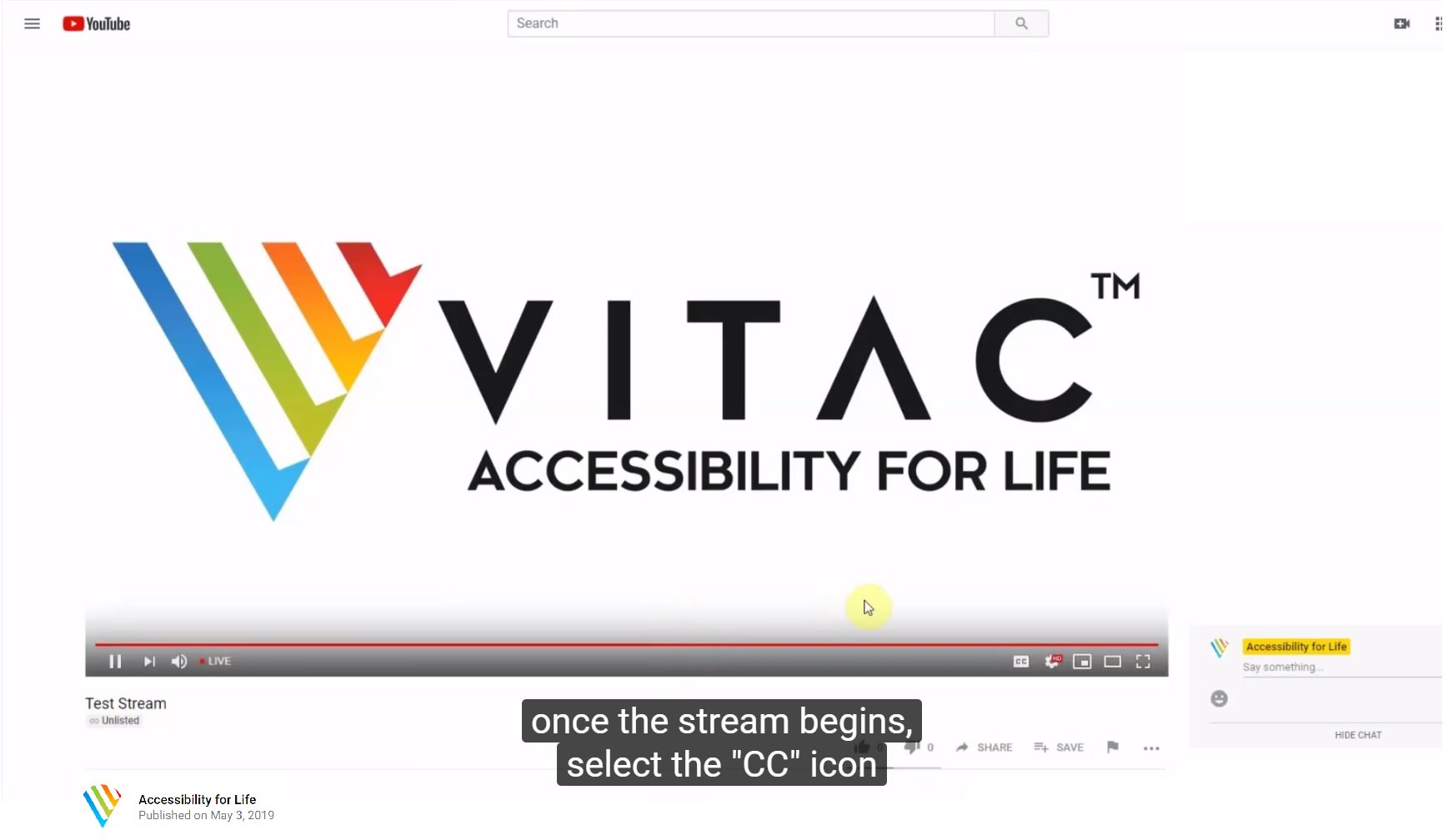It’s no great secret that YouTube is a juggernaut in today’s video viewing world.
The video sharing platform boasts more than 30 million active daily users (and nearly 2 billion active users each month) watching more than 1 billion hours of video each day.
Though many of the videos that people watch are previously recorded, YouTube Live enables individuals to stream videos in real time, whether it be sharing a video game, hosting a live Q&A, or teaching an online class. Users can live stream video from their laptop/desktop computers using a webcam, stream directly from the YouTube app., or stream via a video encoder.
Captioning videos makes sure that content is accessible to a wide audience, including the millions in the deaf and hard-of-hearing community. And adding captions not only ensures compliance with accessibility requirements, it also boosts a video’s effectiveness.
Captioning video content helps improve that content’s Search Engine Optimization (SEO) score. SEO programs often can’t “read” video content unless it also contains some sort of text that can be indexed. By adding captions, users essentially are embedding transcripts of that content in the video file’s metadata, pulling all the video’s searchable keywords to the forefront and, in the process, boosting its search rankings.
Though YouTube offers its own automatic captioning option, the auto caps often are full of mistakes and difficult to understand. Because of this, automatic captions are not indexed by Google or YouTube, and are no help in boosting a video’s SEO. Google only indexes uploaded, high-quality captions – like those created by VITAC – that it recognizes as more accurate than automatic captions.
Adding captions to videos — as many schools, universities, and businesses have discovered — has been shown to make the content more engaging and improve the overall experience for all viewers, and not just those requiring accessible content.
The short video below shows just how easy it is to provide captions for YouTube Live videos.




